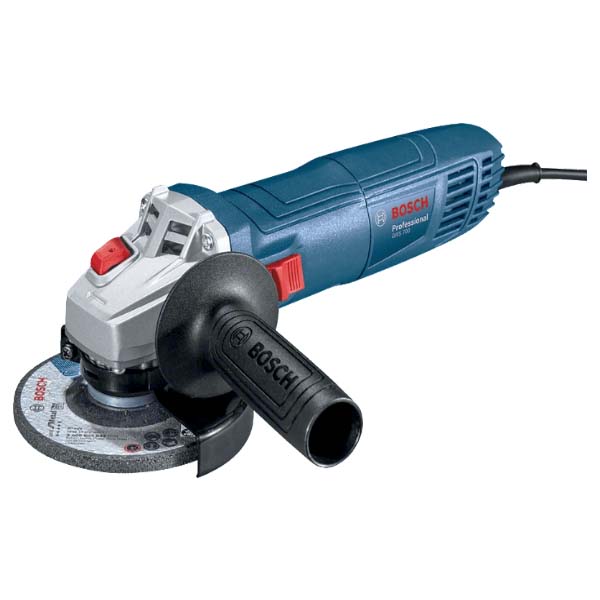The straight-line depreciation method evenly distributes the amount of depreciation over the useful life of an asset, providing a consistent deduction each year for tax purposes. Operational Expenses are fully deductible upon expenditure and are considered immediate business expenses. Conversely, Capital Expenses are allocated evenly over their “useful life,” resulting in uniform annual deductions. This gradual allocation is referred to as “depreciation” for tangible assets, and “amortization” for intangible assets.
Tax benefits: Maximizing Tax Benefits with Accelerated Depreciation
Depreciation is the decrease in the value of an asset over time due to wear and tear, obsolescence, or other factors. Accelerated depreciation is a tax strategy that allows businesses to write off the cost of their assets faster than usual, providing them with significant tax benefits. In this section, we will discuss the types of assets eligible for accelerated depreciation. One of the biggest disadvantages of straight-line depreciation is that it results in lower tax savings in the early years of an asset’s life. Since the depreciation expense is spread out evenly over the asset’s useful life, the tax deduction for depreciation is also spread out evenly.
For example, bonus depreciation allows businesses to deduct a certain percentage of the cost of qualifying assets in the year they are placed in service. However, not all assets qualify for bonus depreciation, and the percentage of the cost that can be deducted varies depending on the year the asset is placed in service. Overall, Section 179 Expensing can be a valuable tool for businesses looking to maximize their tax benefits and reduce their depreciated cost. By understanding the rules and limitations of this section, businesses can make informed decisions about how to take advantage of this option and whether it is the best choice for their particular situation. Using traditional depreciation methods, the business would have a debt-to-equity ratio of 0.5. However, if the business uses accelerated depreciation, they may be able to reduce their taxable income and increase their return on assets ratio.
- After the Section 179 deduction, Bonus Depreciation can be applied to the remaining eligible basis of the property.
- Over time, as assets depreciate more quickly, they may reach a point where their book value is significantly lower than their market value.
- However, accelerated depreciation can be more complex to calculate and may require the assistance of a tax professional.
- One of the most significant advantages of accelerated depreciation is the increased tax savings it offers.
Eligible Assets for Accelerated Depreciation
In the realm of success strategies, the mastery of time management emerges as a pivotal force, a… Convertible arbitrage is a sophisticated investment strategy that involves taking advantage of… Having access to more funds in the initial years can be a game changer for small businesses.
Introduction to Accelerated Depreciation and Tax Benefits
- It must be tangible property with a recovery period of 20 years or less, such as machinery, equipment, furniture, and certain types of buildings.
- A well-executed accelerated depreciation strategy can save you thousands of dollars annually, sheltering a significant portion of your real estate income from taxation.
- To take advantage of accelerated depreciation, it is essential to maintain accurate and detailed records of the asset’s cost, placed-in-service date, and depreciation calculations.
- India’s commitment to renewable energy is clear, and solar power plays a pivotal role in this transformation.
- It’s a non-cash expense that reduces the value of an asset due to wear and tear, age, or obsolescence.
- The benefits of accelerated depreciation are that businesses can reduce their taxable income and save on taxes in the early years of an asset’s life.
MACRS allows businesses to recover the cost of their assets over a specified number of years, with different depreciation rates for different types of assets. For example, the depreciation rate for office equipment is 5 years, while the rate for heavy machinery is 7 years. One of the main advantages of straight-line depreciation is that it provides a predictable pattern of depreciation expenses over an asset’s useful life.
What are the potential benefits of understanding what is accelerated depreciation in real estate?
This will allow you to reduce your overall business tax debt, which means that you will have more money that you can use for marketing, purchasing equipment and growing your company. Business owners must evaluate these elections carefully to see if they are eligible for the election and if it is beneficial to make the election. The “One Big Beautiful Bill Act” (OBBBA), signed on July 4, 2025, provides businesses with more flexibility than they’ve had in years when it comes to recovering capital expenditures. By doubling §179 expensing limits and reinstating permanent 100 percent bonus depreciation, Congress sharpened tools that can dramatically improve after-tax cash flow. Depreciation allows for tax purposes and enables taxpayers to deduct the cost of an asset over time, aligning with the asset’s useful life, and in turn, reducing taxable income for the tax year. Accelerated depreciation is an accounting approach that recognizes a larger portion of an asset’s cost as an expense in its earlier years compared to its later years.
Straight-line depreciation spreads the cost of an asset evenly over its useful life, resulting in consistent annual depreciation expenses. This method is straightforward and easy to apply, making it a popular choice for businesses seeking simplicity and predictability in their financial statements. However, it may not accurately reflect the actual wear and tear or obsolescence of certain assets, particularly those that lose value more rapidly in their early years. Explore the strategic use and impact of accelerated depreciation methods, including tax benefits and recent rule changes, compared to straight-line depreciation. By conducting a cost segregation study, rental property owners can identify and accelerate the depreciation of certain building components, leading to increased tax benefits and improved cash flow.
Understanding Accelerated Depreciation In Real Estate
While bonus depreciation is a generous tax benefit, there are some limitations to be aware of. First, benefits of accelerated depreciation the asset must be new and placed into service during the year in which the deduction is claimed. Second, bonus depreciation is not available for assets that are used predominantly outside of the United States.
Complex Tax Credit & Incentive Matters: What Your Business Needs to Know
However, there is a tax provision that can help them save money and grow their business. This is the Section 179 deduction, which allows small business owners to deduct the full cost of qualifying equipment and software purchased or financed during the tax year. Depreciation is important because it allows businesses to account for the wear and tear on their assets over time. Without depreciation, businesses would have to expense the entire cost of an asset in the year it is purchased, which would result in inaccurate financial statements. Depreciation also helps businesses to determine the true cost of an asset over its useful life, which can be useful in making decisions about when to replace an asset. Some may see the reduced tax payments as a positive, as it can free up cash for reinvestment or distribution as dividends.
§179 Expensing vs. 100 Percent Bonus Depreciation (
Accelerated depreciation is a powerful tool for managing a company’s financial and tax planning. It provides flexibility in how businesses approach their asset costs, potentially leading to significant tax savings and improved cash flow. However, it’s essential for businesses to carefully evaluate their specific situations and consult with financial professionals to determine the most beneficial depreciation strategy. The best option for a business will depend on a variety of factors, including the type of assets being depreciated, the length of the assets’ useful life, and the business’s tax situation. In general, accelerated depreciation can be a useful tool for businesses looking to maximize their tax benefits and improve their cash flow. However, it is important to carefully consider the advantages and disadvantages of each method and choose the option that is best suited to the business’s specific needs.
As a result of this strategic accounting method, these ventures have the potential to yield higher returns. Successfully leveraging accelerated depreciation requires a proactive and informed approach, often starting with expert guidance and cost segregation studies. But accelerated depreciation isn’t just an isolated tactic; it’s most powerful when integrated into a comprehensive tax strategy. This includes documentation of the property’s cost, any improvements made, and the details of any cost segregation studies performed. Bonus depreciation allows you to deduct a large percentage of the asset’s cost upfront, rather than depreciating it over its normal useful life.
When it comes to calculating depreciation deductions, accelerated methods can be an effective way to maximize tax benefits. Accelerated depreciation allows businesses to take larger deductions in the early years of an asset’s useful life, which can provide significant tax savings. However, there are several factors to consider when choosing an accelerated depreciation method. For example, let’s say a business purchases a piece of equipment for $100,000 with a useful life of 5 years. Using the double declining balance method, the first year’s depreciation would be $40,000 (40% of the asset’s value), compared to $20,000 (straight-line) or $25,000 (sum-of-the-years’-digits). This results in a larger tax deduction in the first year, which can be beneficial for businesses looking to maximize their tax savings in the short term.




